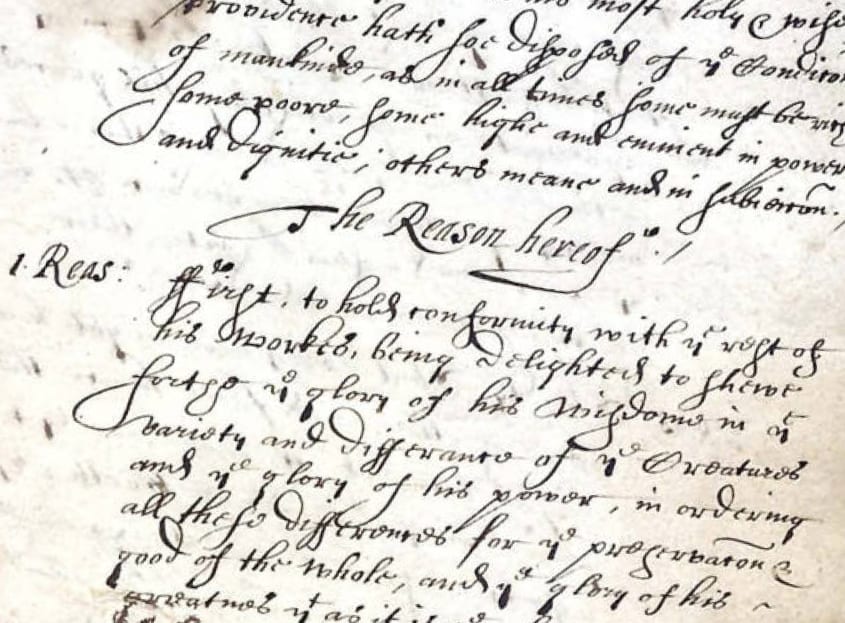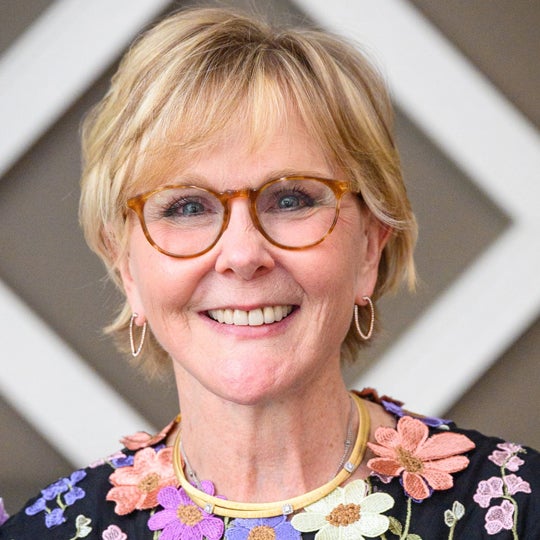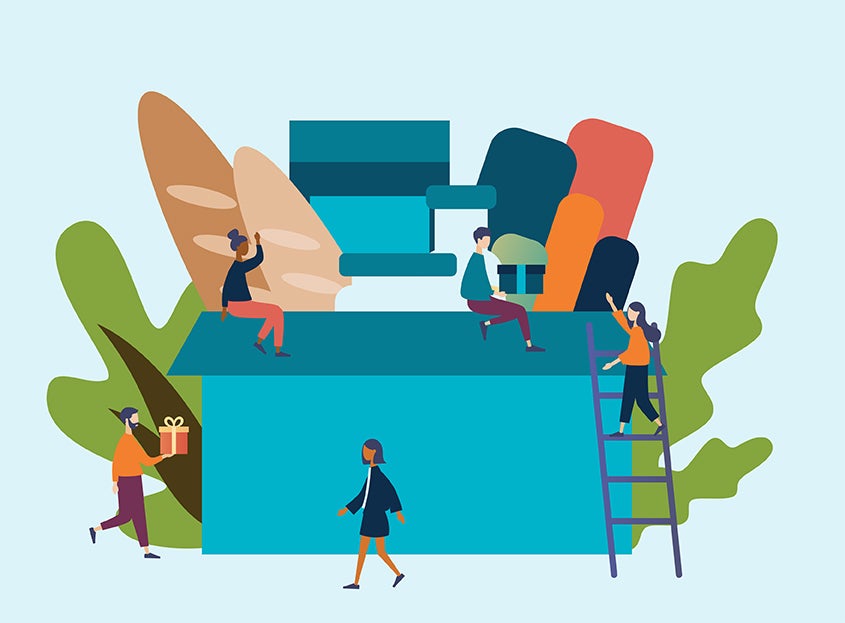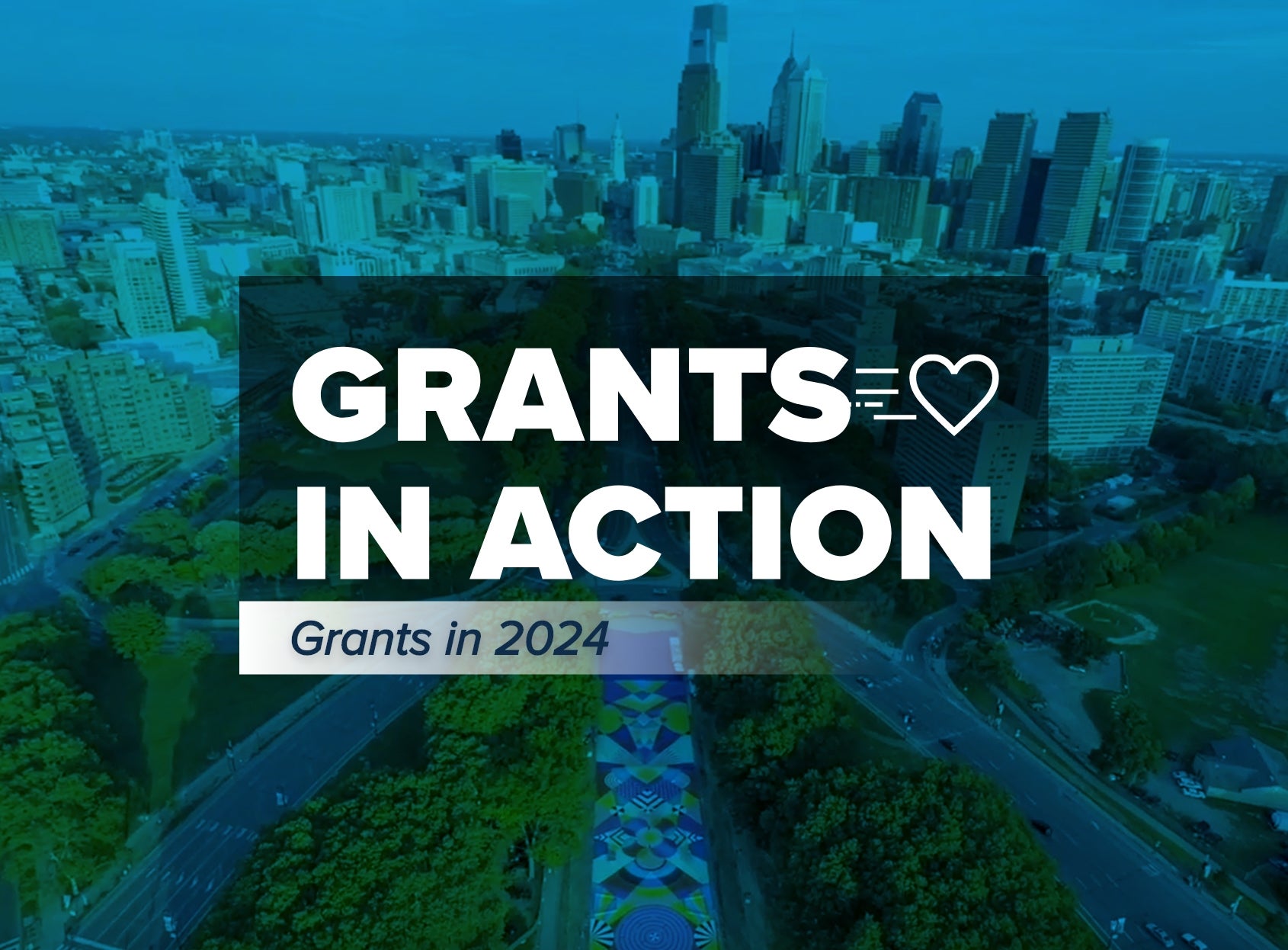Making the Old New Again: A Brief History of Direct Aid

Relief for economic hardship brought on by COVID-19 is coming in what some are calling a new approach: direct cash transfers. As part of the Coronavirus Aid, Relief and Economic Security (CARES) Act, the government allocated $290 billion in stimulus checks for individuals. At the same time, nonprofits and funders have set up scores of programs across the country to deliver cash assistance to specific groups. Artist Relief—a coalition of national arts funders—is distributing $5,000 grants to artists coping with financial emergencies. The National Domestic Workers Alliance established a Coronavirus Care Fund to provide $400 in emergency assistance for house cleaners, home care workers and nannies. The Immigrant Families Fund provides $500 grants to individuals not eligible for federal relief under the CARES Act. While this approach counters much of the standard thinking about providing assistance to citizens without income, giving cash directly to those in need actually dates back many centuries.
Almsgiving and early direct aid
In the Middle Ages, alms were handed out directly as a social custom from donor to recipient.1 Monastic “almonries”—places where alms were distributed—were among the largest providers of poor relief in Europe in the medieval period.2 During this same time, in the Middle East, Muslims also distributed alms to the poor—a tradition known as zakat, in which a portion of one’s wealth is given to those less fortunate. The practice of zakat is one of the five pillars of Islam.3
It was also during the Middle Ages that the Jewish philosopher Maimonides created a charity ladder, which ranks various forms of giving. The highest standard of charity calls for the giver to strengthen the hand of the recipient by offering a loan or employment. Just below that is to give money in such a way that the benefactor and the recipient have no knowledge of one another. Tradition called for a charity box to be placed in a Temple and for donations to be made and received in secret.4
Among Native Americans, philanthropy was long a way of life. Giving was perceived as an honor and considered part of the interconnectedness of life. Native Americans believed that gifts should always be in motion, with recipients expected to continue the gift by sharing with others.5 A common philanthropic tradition, particularly among Northwest coast cultures, was the potlatch—a ceremonial distribution of gifts, including clothing, food and beads that were the equivalent of money.6
Mutual aid societies offer intermediated direct aid
Early American colonists also shared a tradition of mutual assistance. In his famous sermon “A Model of Christian Charity”—often called the “City on a Hill” message—John Winthrop emphasizes communal living, with the wealthiest members of society freely giving to the poorest.
As our nation grew, more formal mutual benefit societies—offering both social and economic support—were started by nearly every immigrant group and African Americans.7 As early as 1787, the Free African Society was founded in Philadelphia by Richard Allen and Absalom Jones, two African American ministers.8 Members paid a weekly sum, which was used to provide direct assistance to the needy of the society.9 Over the years, mutual support remained a cornerstone of the black church. During the Great Depression, the Bethel African Methodist Episcopal Church of Detroit formed the Bethel Benefit Association, which paid out three dollars a week to members unable to work and provided a $75 death benefit to the family of deceased members. Members paid 25 cents per month, in addition to 50 cents for joining.10
Today’s return to cash assistance
During the uncertainty and challenges we are facing with the COVID-19 pandemic, I am encouraged by our nation’s long history of helping our neighbors—near and far. It was illuminating to me that the social sector is responding swiftly in a long-established and effective way—with cash assistance to help the millions of displaced workers pay their bills and provide for their families. If you are interested in a deeper dive into milestone developments in charitable giving, I invite you to visit NPT’s A History of Modern Philanthropy.
If you are looking for ways to support individuals impacted by the COVID-19 crisis, I encourage you to visit NPT’s giving resources. As always, we are here to help you help others. Please don’t hesitate to contact us at (888) 878-7900 or by email at npt@nptrust.org.

ENDNOTES
1. The Poor in the Middle Ages: An Essay in Social History (Yale University Press, 1986) by Michael Mollat
2. The Plight of the Poor: Monastic Charity and Almonries in Medieval England
3. Muslim Philanthropy: Charity as a Pillar of the Faith (Zakat) by Faryal M. Khatri; Zakat Foundation of America
4. Chabad.org/Chabad-Lubavitch Media Center
5. Native American Philanthropy by Maggie T. Bowden
6. Rifles, Blankets, and Beads: Identity, History, and the Northern Athapaskan Potlatch by William E. Simeone
7. The Historical Society of Pennsylvania, “Ethnic Fraternal Benefit Associations: Their Historical Development, Character, and Significance” by John Bodnar
8. Historical Society of Pennsylvania
9. National Humanities Center: Primary Resources in U.S. History & Literature
10. Life for Us is What We Make It: Building Black Community in Detroit, 1915-1945 by Richard W. Thomas
NPT does not provide legal or tax advice. This blog post is for informational purposes only and is not intended to be, and shall not be relied upon as, legal or tax advice. The applicability of information contained here may vary depending on individual circumstances.


